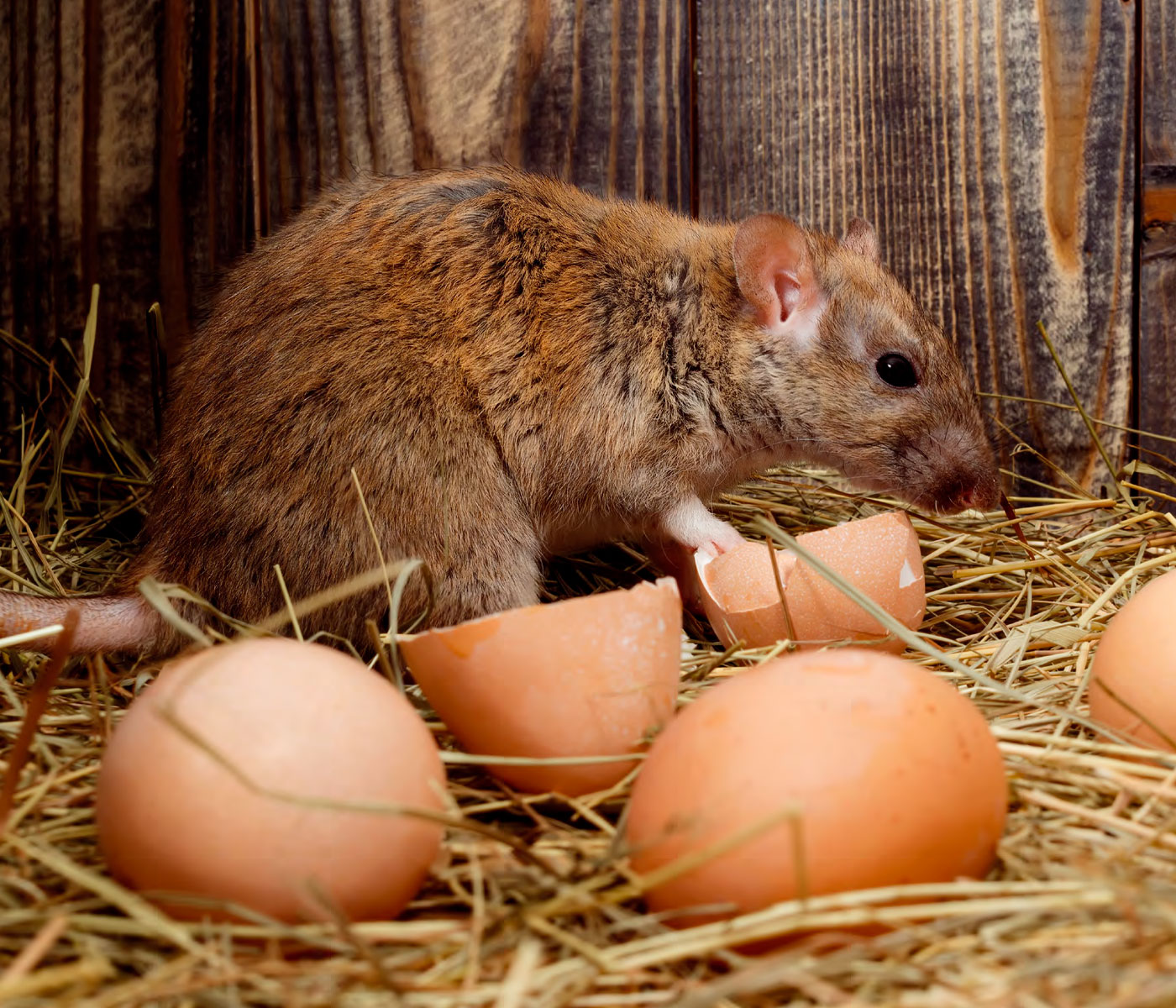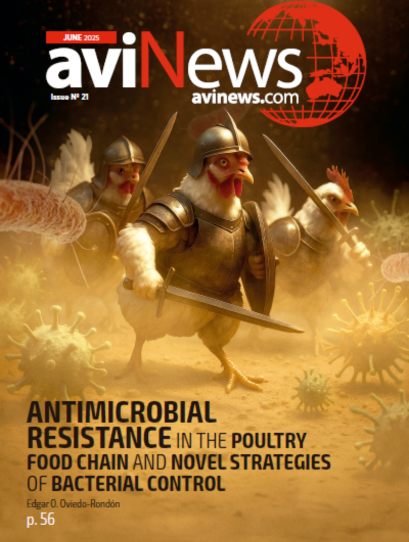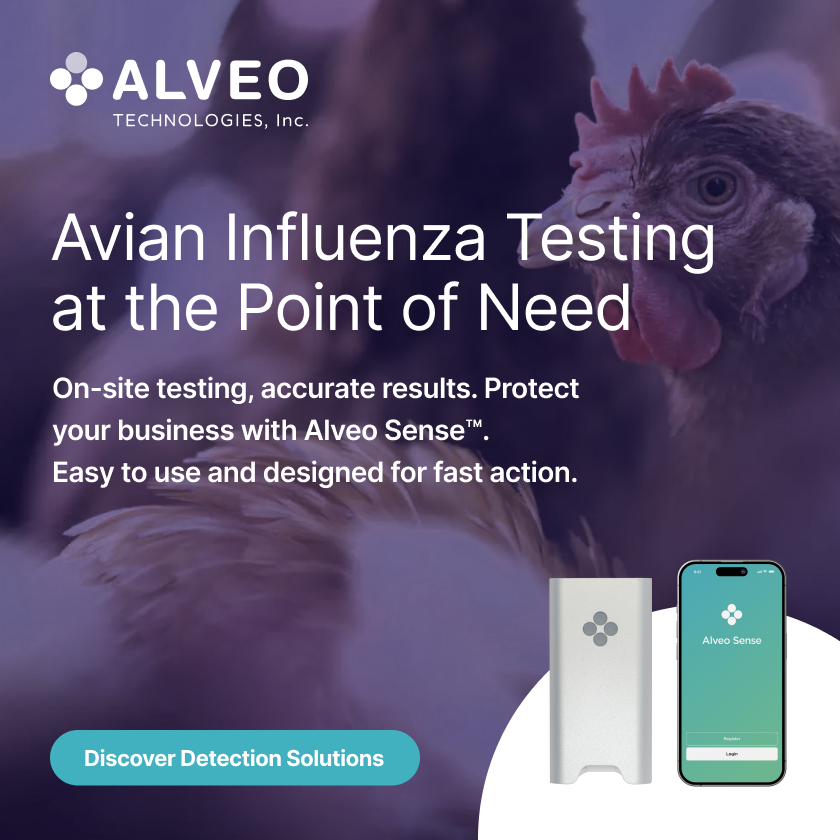Content available at: Indonesia (Indonesian) ไทย (Thai) Tiếng Việt (Vietnamese)
Rodent Control is a Key Factor in Poultry Biosecurity and Sustainability
Biosecurity is gaining more importance with the outbreaks of multiple poultry diseases worldwide. Rodents have been a threat to public health and linked to epidemics for centuries.
Rodent control is critical for biosecurity programs due to the close connection or synanthropic relations between rodents, humans, and domestic animal facilities.
- In recent years, rodents have been connected with 40% of known communicable zoonoses.
- Rodents are involved in the cycle of these diseases in multiple ways.
- They can be microorganism reservoirs, intermediate hosts, replicators, or infection vectors.
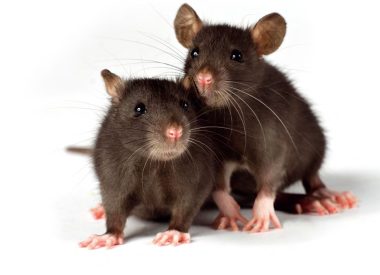
RODENTS IN AVIAN INFLUENZA CONTROL
Recent research published in the Journals of Pathogens (2024, 13(9), 764) and Viruses (2025, 17(4), 495) by researchers from Tottori University in Japan and University of Hong Kong, respectively, indicated that mice (Mus musculus), brown rats (Rattus novergicus), and black rats (Rattus ratus) are permissive hosts for multiple influenza A virus subtypes prevalent in birds or humans, including H5Nx, H7N9, H9N2, H10N8 and the 2009 pandemic H1N1.
These results indicated that rats should be considered in influenza A virus ecology.
- The asymptomatic yet pathogenic nature of infection, combined with rodents’ global synanthropy, underscores their potential role as cryptic reservoirs in viral maintenance and transmission.
- While their role as “mixing vessels” remains speculative, the risk of environmental virus amplification and spillover to domestic animals or humans cannot be dismissed.
The Japanese study indicated that synanthropic wild rodents are susceptible to infection with avian-origin H5N1 subtype of highly pathogenic avian influenza viruses (HPAIVs) and contribute to the virus ecosystem as replication-competent hosts.
- Detection of infectious viruses in oral swabs indicated that wild rodents exposed to HPAIVs could contaminate food, water, and the environment in poultry houses and play a role in introducing and spreading HPAIVs in farms.
- These studies highlight the need for expanded surveillance and control of rodents in influenza ecology to mitigate zoonotic risks.

RODENTS IN ANTIMICROBIAL RESISTANCE AND EMERGING PATHOGENS
Some infectious microbial agents have developed antimicrobial resistance (AMR), threatening poultry and human health.
- Rodents act as reservoirs and vectors of organisms with AMR for first-line and last-resort antimicrobial agents.
- Organisms with AMR proliferate in insects, rodents, and pets, as well as in their skin and gut systems.
- Numerous reports have indicated that rodents are a potential source of multidrug-resistant bacteria.
- Escherichia coli, Salmonella spp., Staphylococcus aureus, and Enterobacteriaceae with multiple AMR genes have been isolated from rodent feces and intestines.
- It is also well known that rodents carry not well-known pathogens, making them potential sources for emerging diseases.
- Rodents can be used as potential sentinels of AMR occurrence, transmission, and human health risks.
RODENTS DAMAGING POULTRY FACILITIES AND POULTRY PERFORMANCE
Rodents also damage infrastructure. In poultry houses, they can damage the electrical network, electronic sensors, water lines, and insulation. Mice eat four to five grams of feed daily, and rats consume 25 to 30 grams daily. Large populations of rodents can cause significant feed losses in a poultry house, influencing apparent flock performance.
Rodents are prolific omnivorous mammals, extremely adaptable to changing environments, and fast learners. An integrated rodent control plan includes cleanliness, physical barriers to minimize access, traps, baits with rodenticides, and biological control techniques.
- Maintaining a high level of cleanliness deprives rodents of feed and shelter.
- Making water sources inaccessible to rodents reduces their multiplication.
- Feed should be stored in rodent-proof containers, rotated frequently, and any spills promptly addressed.
- Regular disposal of poultry waste is essential since it can be a feed source or nesting material.
- Composting should be done far away from the main poultry housing, and these facilities should receive exceptional control since they are prone to receiving rodents.
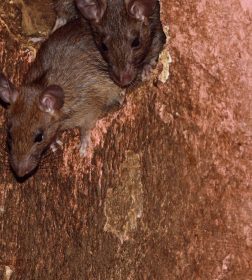
Habitat control is also essential. The farm area should be free of unnecessary equipment, debris, or stored materials that can provide shelter for rodents. Areas around the houses should be free from overgrown vegetation that can provide cover or nesting sites.
Rodent-proofing facilities through physical barriers are a proactive method to prevent infestation. This includes identifying and sealing any potential entry points, such as gaps, holes, cracks, doors, vents, and windows, using metal, wire mesh, and concrete that rodents can not break.
- Structures should be repaired and maintained frequently. Feed storage containers should be elevated to make them less accessible.
Traps can be placed in high-activity zones where droppings and gnaw marks are observed. Snap traps, glue boards, and live traps can be used. For this strategy to continue being effective, traps require regular maintenance, resetting, and timely removal of captured rodents.
Rodent baiting strategies have changed little since the introduction of anticoagulants in the 1950s. Non-anticoagulant rodenticides, which include bromethalin, cholecalciferol, and zinc phosphide, are used only in cases of massive infestations and only under expert management to reduce populations very quickly.
There are two generations of anticoagulant rodenticides.
1. The first-generation anticoagulants, which include chlorophacinone, coumatetralyl, diphacinone, and warfarin, require multiple bait ingestions over a period to be effective.
- These products have more acceptable DT50 and Log Pow values, which indicate their low persistence in soil and ability to bioaccumulate in living organisms.
2. Second-generation anticoagulants are more potent and can kill with a single feeding. Examples include brodifacoum, bromadiolone, flocoumafen, difenacoum, and difethialone.
- These products are currently the most widely used rodenticides by professional managers.
- However, they are classified as persistent, bioaccumulative, and toxic and don’t meet environmental and public health safety criteria.
RODENT CONTROL AND SUSTAINABILITY
Anticoagulants are highly toxic compounds and are very persistent in the environment, move up the food chain, and accumulate in the bodies of predators and scavengers in a process called bioaccumulation. Rodenticides can also affect birds, mammals, and reptiles and intoxicate rodent predators.
- The spread of these products in the environment can cause cascades of zoonotic diseases by disrupting ecosystems.
- This cumulative process reduces ecosystem function and increases rodent resilience and proliferation.
- Consequently, indiscriminate, largescale, and continuous use of rodenticides is known to harm biodiversity and contribute to environmental pollution.
- It is necessary to take appropriate measures to reduce their harmful impact on poultry production systems.
The European Union may ban the currently available rodenticides at rates exceeding 30 ppm. Then, products with lower doses will need to be used.
Anticoagulant combinations can successfully control rats in doses lower than the standard and reduce the release of these products into the environment
In contrast, integrating natural predators into the rodent control strategy has been considered an eco-friendly and efficient way to manage rodent populations.
- Predatory birds, such as owls and hawks, can be attracted to the farm, and farm cats can be efficient predators.
- However, all these predators raise biosecurity concerns.
Another biological control technique gaining importance is the rodent birth control. Some products contain active botanical ingredients and pheromones to attract females to ingest them.
- These products may include cottonseed oil and extracts of plants such as stone seed root (Collinsonia canadensis), silphium herbal, blue cohosh (Caulophyllum thalictroides), rue herb (Ruta graveolens), and others with contraceptive properties.
- These are non-toxic, non-lethal, and environmentally safe products, meeting EPA minimum-risk standards under FIFRA 25(b) exemption. They integrate with pest control plans, have a long shelf life, and can be used in conjunction with traps. The effects can be observed over a period of six weeks to a few months.
MONITORING RODENT POPULATIONS
Consistent and regularly monitoring feed storage zones, poultry housing, and the farm’s perimeter is essential in the rodent control strategy.
- Early signs of rodent activity should be detected and immediately addressed.
- Modern monitoring tools like motion-activated cameras and ultraviolet urine trackers can provide valuable information about rodent activity.
- The most crucial factor in rodent control is the engagement of farm staff to identify and report signs of rodent activity.


